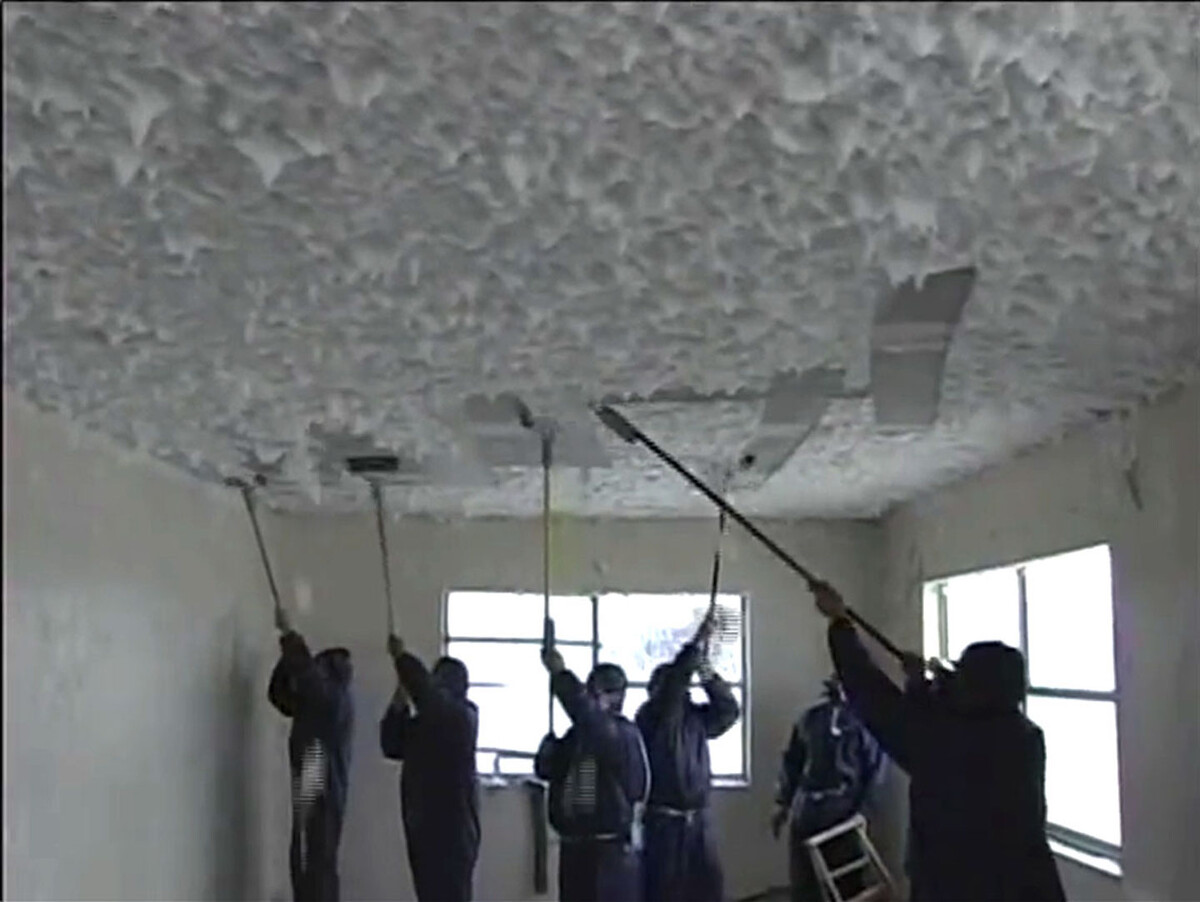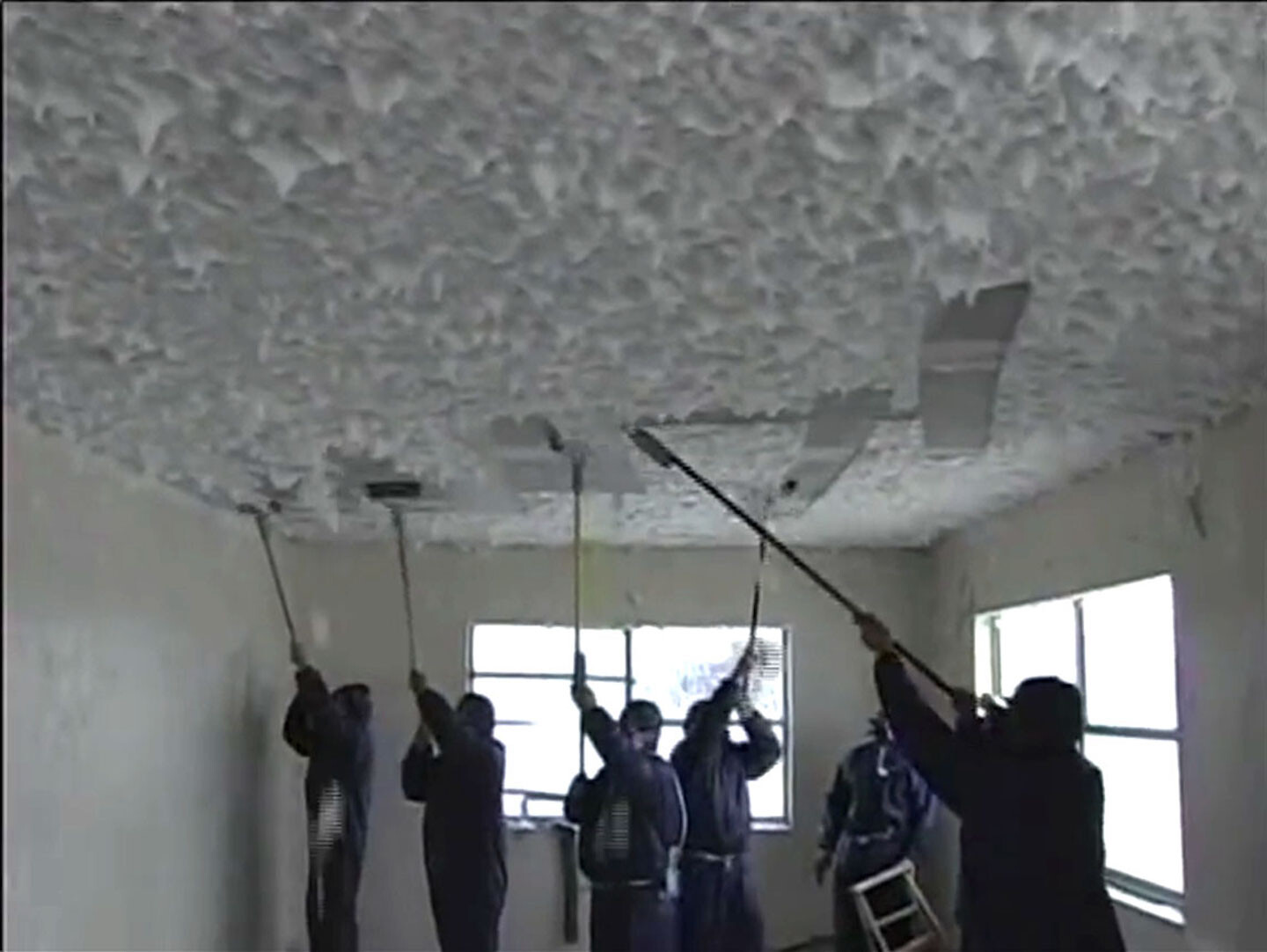e-flux presents Ecology After Nature: Industries, Communities, and Environmental Memory
Asbestos
Sasha Litvintseva, Graeme Arnfield
2016
20 Minutes
Russia/UK
Date
August 14–27, 2020
Join us on e-flux Video & Film for an online screening of Sasha Litvintseva and Graeme Arnfield’s Asbestos (2016), on view from Friday, August 14 through Thursday, August 27, 2020.
Asbestos is a film about the pharmaconic nature of asbestos. Mined, extracted, and woven, asbestos could be considered a magic mineral. Many towns became cities under its patronage, Persian kings entertained guests with its fireproof nature, and centuries of industry raked in the profits of its global application. The film, however, explores the aftermath of this toxic dream, a dream that with the invention of electron microscopes revealed our material history as a disaster-in-waiting. Although the true nature of asbestos has been revealed, the film shows that its industry has far from left us, with extraction from the soil transforming to extraction from our walls. Many inhabitants are now faced with two options: to remove this material from their homes and start anew, or to build over its residue. Removal is a dangerous and costly operation. As the film demonstrates, very often people choose to live amongst it instead, choking out their walls with plastic cover—the failed promises of modernism literally entombed all around. Shot in the mining town of Asbestos, Quebec, home to the world’s largest asbestos mine that only stopped extraction in 2012, the film is a meditation on the entanglement of the fragility of bodies, the nonlinearity of progress of extraction, and the persistence of matter.
Asbestos is presented here as one of three films in Part One | Extraction: Environments and Communities, the first of six programs in the online film and discussion series Ecology After Nature: Industries, Communities, and Environmental Memory programmed by Lukas Brasiskis for e-flux Video & Film.
Ecology After Nature runs from August 14 through November 8, 2020. The films in Part Two will screen for two weeks, and subsequent parts will follow bi-weekly, with new films screened every other Sunday.
For more information, contact program@e-flux.com.

